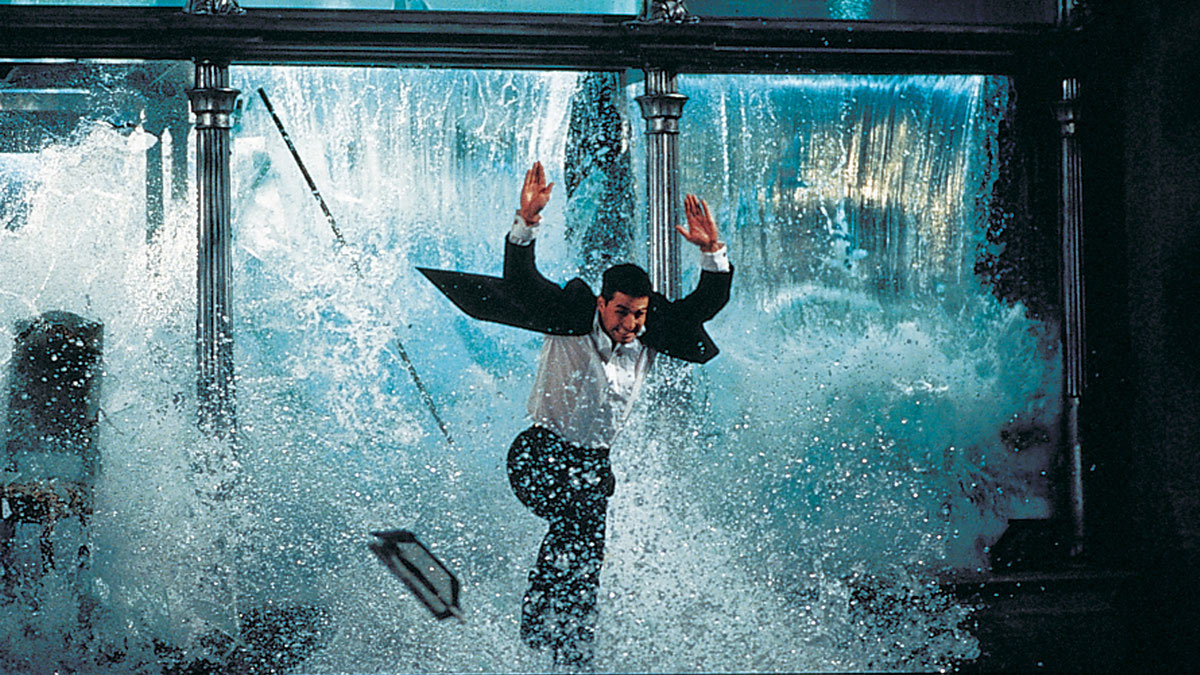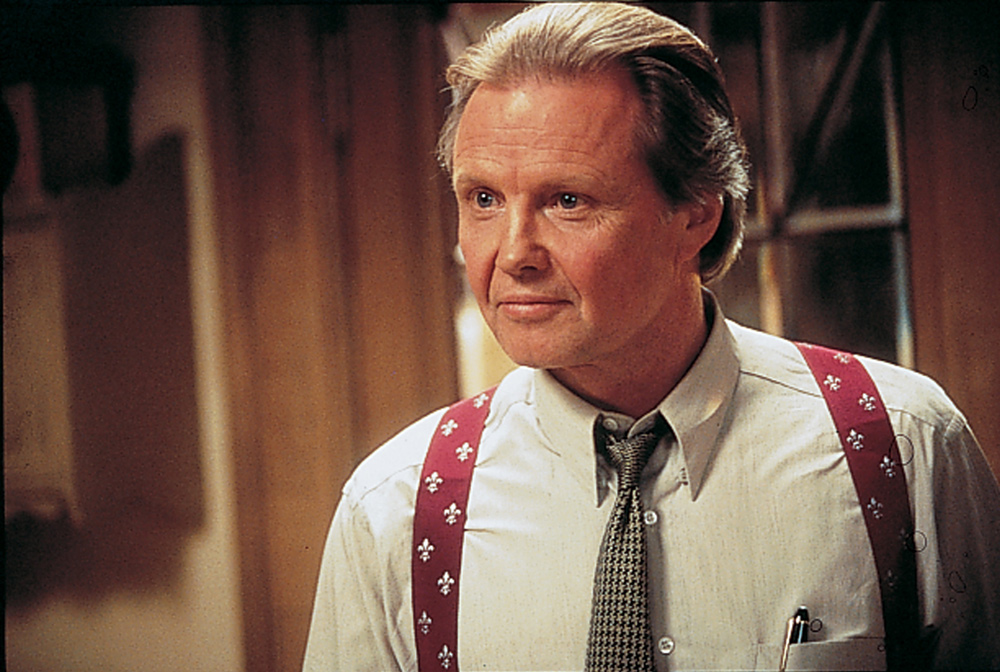
(C) 1996, 2018 Paramount Pictures. MISSION: IMPOSSIBLE(TM) IS A TRADEMARK OF PARAMOUNT PICTURES. ALL RIGHTS RESERVED.
Who gets the credit for “Mission: Impossible”? M:I series from the perspective of the producer and director *Note! Contains spoilers.
2019.08.30
Brian De Palma and "Operation Spy"
Brian De Palma made a name for himself by directing the horror film `` Carrie '' (1976), an adaptation of Stephen King's debut novel, and has since directed murder mysteries such as `` Dressed to Kill '' (1980) and `` The Untouchables '' (1987). He received high praise for his gangster films such as.
However, on the other hand, ` `Body Double '' (1984) turned away many viewers because it was too much of a hobby. Furthermore, in `` Bonfire of the Vanities '' (1990), he was unable to avoid the producer's excessive interference, resulting in a work that was so messy that people even said that ``De Palma's career was over.'' From these filmography, De Palma has become famous for receiving intense praise and criticism for each work.
“The Untouchables” trailer
His style, for better or for worse, is extremely ``cinematic.'' Heavy use of split screens and slow motion. First-person shots and long takes that give you the feeling of peeking into a movie. Extreme close-up. An overhead shot from directly above. Dolly shots that circle around the characters, etc.
All of these scenes are ``cinematic'' (a method of expression that can only be achieved through video), and their elaborately crafted scenes are suitable for ``experts'', but they also have a strong individuality that can break the continuity between the two before and after. ing. For this reason, there are many audience members who have a negative reaction, and on the other hand, there are also enthusiastic fans who have become more radical.
Tom Cruise chose De Palma to direct his first film, which was difficult to navigate.
The TV series "Mission: Impossible" is a popular series that was aired in Japan under the title "Operation Spy", with 4 seasons and 171 episodes made from 1966 to 1973, and from 1988 to 1990. A sequel series with 35 episodes was also made in 2009.

"Mission: Impossible" (C) 1996, 2018 Paramount Pictures. MISSION: IMPOSSIBLE(TM) IS A TRADEMARK OF PARAMOUNT PICTURES. ALL RIGHTS RESERVED.
Basically 1 episode completed. Each time, a mysterious client sends orders to the leader using a tape recorder (each time, the tape recorder bursts into flames and bursts into flames). The leader creates a team of people with special abilities and carries out seemingly impossible missions. The first voice in the tape that conveys the mission to "Phelps-kun," who served as the leader in all series from season 2 onwards, "Good morning, Phelps-kun," also appears in the movie version as a dialogue.
Now. By now, you can see that De Palma and Tom Cruise have made a pretty bold move. The leader, Phelps, who is the face of the popular series, was made into a villain.

